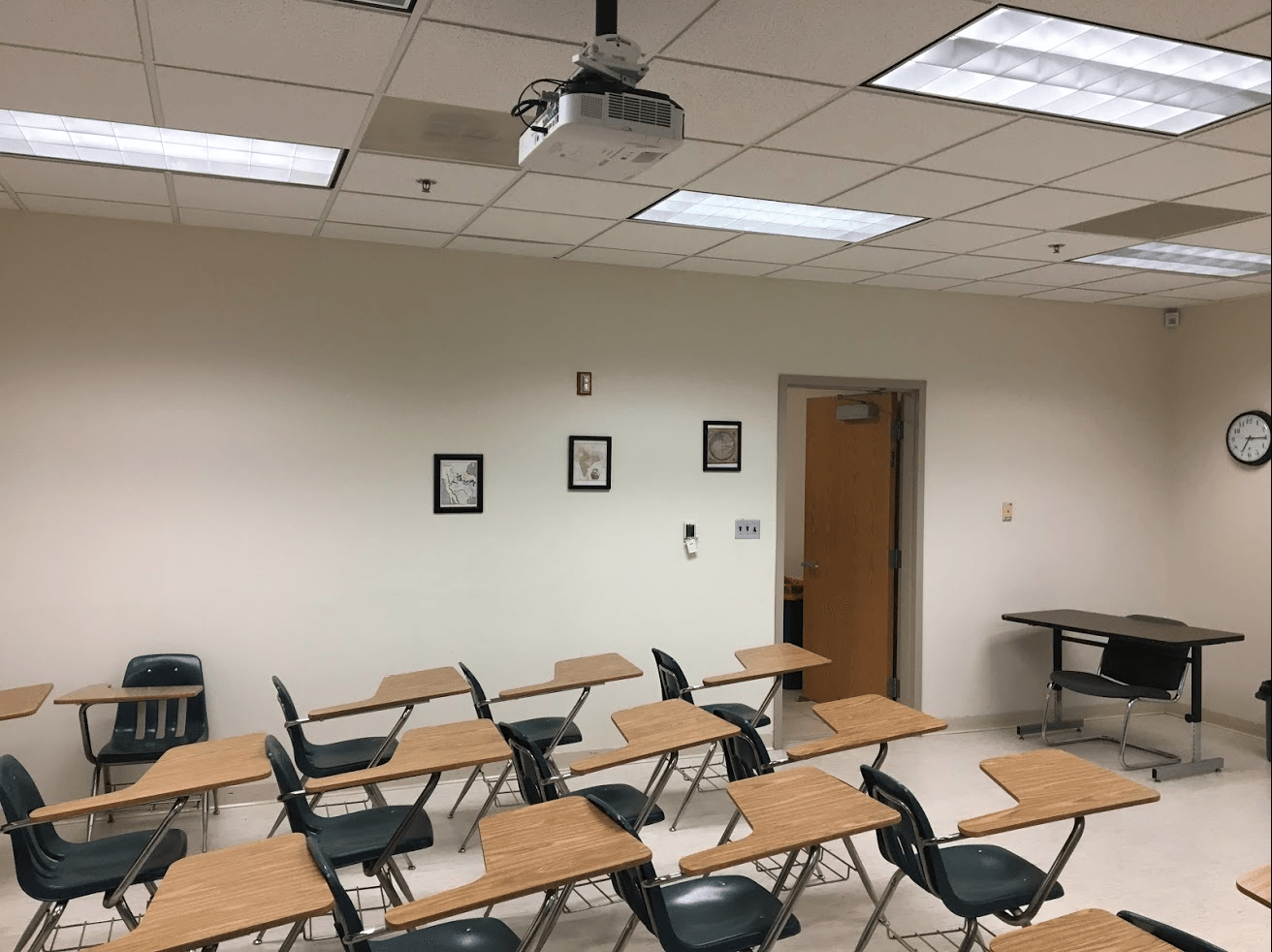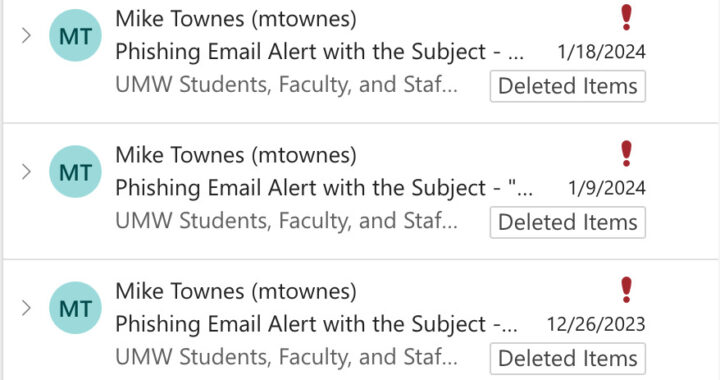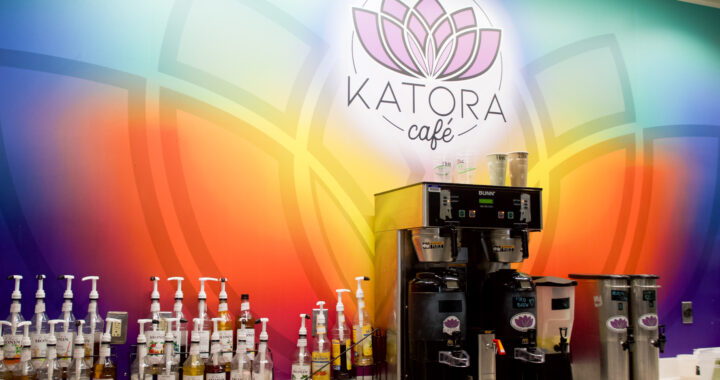Door orientation and locks in some buildings cause safety concerns
4 min read
Lauren Closs | The Blue and Gray Press
By SEAN MOORE
Staff Writer
In an active shooter situation, often the only thing that professors and students can do to make themselves safer is lock and barricade their classroom door.
However, because many classrooms on campus lock from the outside and open toward the outside, these safety precautions are made markedly less effective and are in some cases outright impossible to put in place.
Dr. Mara Scanlon, professor of English who teaches in Combs Hall, first became aware of these issues in 2015, after she and other faculty members were asked to view a workplace safety video about what to do in the event of an active shooter.
“I decided I would look at it, and when I did I realized that almost all of the recommendations given for safety were not possible in my classrooms,” Scanlon said. “There would be almost no way for me to safely secure that room for the number of people that were in it.”
She then emailed her concerns to administration, who said that they would look into them and are always working hard on all safety issues.
In 2018, shortly after the shooting at Stoneman Douglas High School in Parkland, Florida that left seventeen students and staff members dead, Scanlon felt that her concerns had not been properly addressed and again emailed various administrators, including police chief Michael Hall, and says she was given a similar response.
Hall, who is also the Assistant Vice President of Public Safety, said that he and other administrators have been aware of these issues and after meeting extensively last year decided that all future buildings on campus would feature doors that are able to lock from the inside, as well as other measures such as scanners and key cards that are designed to make buildings safer.
As for the retrofitting the older academic buildings with new locks, which according to Hall would cost in excess of $200,000, he and other administrators decided that the safety budget would be better spent on other measures, including more blue lights and community outreach and education programs.
Professors do have the option of locking their classroom doors as soon as class starts, an option that Hall says is preferable to spending the amount of money that installing new locks would require.
“It is a misconception that [the classrooms] are not secure,” Hall said. “Safety is the first and foremost of our priorities, but when it comes to this issue we have to ask ourselves if we are looking for safety or convenience.”
For Scanlon, this solution is not ideal. “Any student that comes late, even a few minutes late would have to be admitted one on one, and there is a lot of problems with that too,” she said.
Austin Story, a junior computer science major who said that he spends a lot of time in classrooms that have these issues, also shares this concern.
“I do not think that the doors should have to be locked at all times,” he said. “It is disruptive. Professors should be able to lock the doors from the inside.”
Hall said that he appreciates and understands this argument, and that class flow is also a factor when evaluating the tough decisions that those in charge of safety must make.
Another potential solution is the various products on the market that fit over or under doors and are specifically designed to secure classrooms in the event of an active shooter.
“A number of schools have things affixed to the hinges and other places that prevent the door from being opened. Some of my friends work at schools that have those,” Scanlon said.
Hall does not think that such devices would be usable on campus, as according to him many of them violate fire code and are therefore not viable solutions.
Hall said that he wants students and faculty to know that safety will always be his number one concern, and that if anyone has issues or concerns that he would be happy to speak with them.
“There are difficult questions that we need to ask ourselves. It keeps me awake at night,” he said.
Despite his issues with the locks on some of the classroom doors, Story said that he still feels safe on campus.
“Mary Washington is very community-oriented. It’s a very friendly campus,” he said.
Scanlon also said that she generally feels safe in her classrooms and recognizes that money is tight and safety decisions are not always easy to make.
“Safety is a lot of things,” said Scanlon, “Would I rather have locks on every door or a security guard from 8 [p.m.] to 6 a.m. in the parking deck every night? There are so many kinds of safety that a campus has to take care of and I understand that shooting situations are actually rare if you think about them statistically.”











